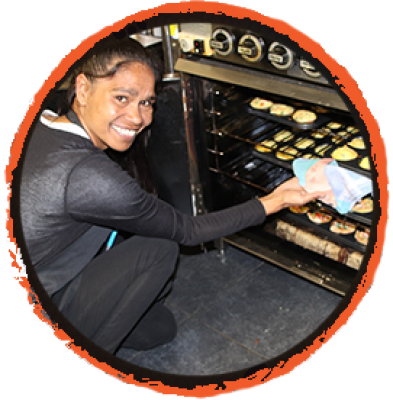Request accessible format of this publication.
Breastfeeding tips
Questions and answers
Colostrum is the first milk that the mother makes from midway through her pregnancy and during the first days after the baby is born. Colostrum is a thick, concentrated fluid varying from a clear colour to a golden colour. The small amounts of colostrum may not seem like much but have huge benefits for your baby, providing a high level of nutrients and antibodies.
If you give birth early your milk is exactly suited to your baby’s needs. It will protect them from infection and illnesses.
- Baby feeds 6 or more times in 24 hours
- Baby has 6 or more wet nappies in 24 hours
- Baby has soft poos
- Baby is smiling, settled and alert
- Baby is sleeping
- Baby is putting on weight
Mothers can follow their baby's lead in how often to breastfeed.
Rather than watching the clock, watch for cues that your baby is hungry such as the rooting reflex, chewing/sucking on hands or fingers.
Early feeding cues (signs) are the best time to feed!*
Early cues: “I’m hungry” (stirring, mouth opening, turning head and seeking/rooting).
Mid-cues: “I’m really hungry” (stretching, increasing physical movement, hand to mouth).
Late cues: “Calm me, then feed me” (crying, agitated body movements, colour turning red).
*This information was sourced from the QLD Government website pages about breastfeeding. Visit their website for more detailed information.

Eat good tucker
It is important to eat good tucker while you are pregnant and after you have a baby.
When you are breastfeeding your body needs extra nutrients. This is best found from a wide variety of food from the 5 food groups.
Vegetables | 6 serves a day for men and 5 serves a day for women |
Fruit | 2 serves a day for men and women |
Grain foods | 6 serves a day for men and women |
Protein | 3 serves a day for men and 2½ serves a day for women |
Reduced-fat dairy | 2½ serves a day for men and women |